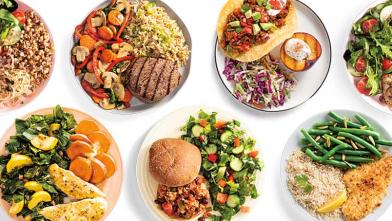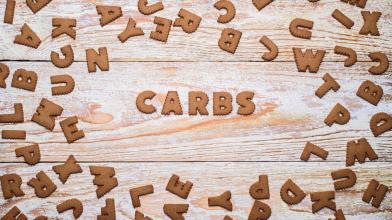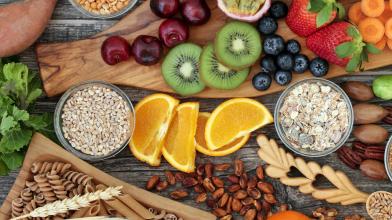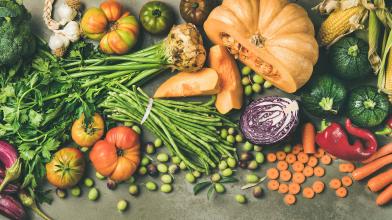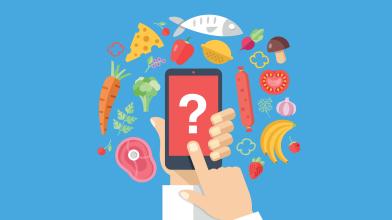Fasting (not eating or drinking) during religious holidays has been practiced for thousands of years and is part of many faith-based traditions. The amount of time, frequency, and type of fast vary among different religions, but all have spiritual meaning. If you have diabetes and are planning to fast or change your eating plan for observing Ramadan, Lent, or Yom Kippur, careful planning is important to stay healthy. Read on to learn more about how to safely fast.
What to Do Before the Fast
Fasting as a person with diabetes increases your risk of hypoglycemia, dehydration, hyperglycemia, and diabetic ketoacidosis (DKA). Long fasts, from dusk until dawn, with no food or water intake can increase this risk further. Therefore, it’s important to reach out to your health care team before your fast begins to develop a safe and effective plan together.
Your health care team can look at treatment plan during the change, including:
- Adjusting your treatment plan to meet the needs of your observance.
- Check your risk of complications and what to do to prevent them.
- Talk to you about monitoring your blood glucose (blood sugar).
- Make changes to your medications during your fast to lower your risk of going too high (hyperglycemia) or low (hypoglycemia) blood glucose levels.
- Develop a sick day plan if you get sick.
- Talk to you about the signs and symptoms of diabetic ketoacidosis (DKA).
- Talk about how to stay hydrated.
- What to do about low and high blood glucose levels.
- How to use diabetes technology, like continuous glucose monitors (CGMs), to support you.
What to Do During the Fast
Monitoring your blood glucose is key to meeting your targets and preventing low or high blood glucose. As stated in the Standards of Care in Diabetes, this is particularly important during the final hours of fasting, since about half of low blood glucose incidents occur during this period.
What to Do After the Fast
After a long fast, it might be tempting to eat a lot of food, but your blood glucose could rise rapidly. Choose culturally appropriate foods that include lean proteins, healthy fats, and high-fiber carbs that will give you energy but keep your blood glucose from spiking. Stay hydrated with zero- or low-calorie beverages during non-fasting hours.

